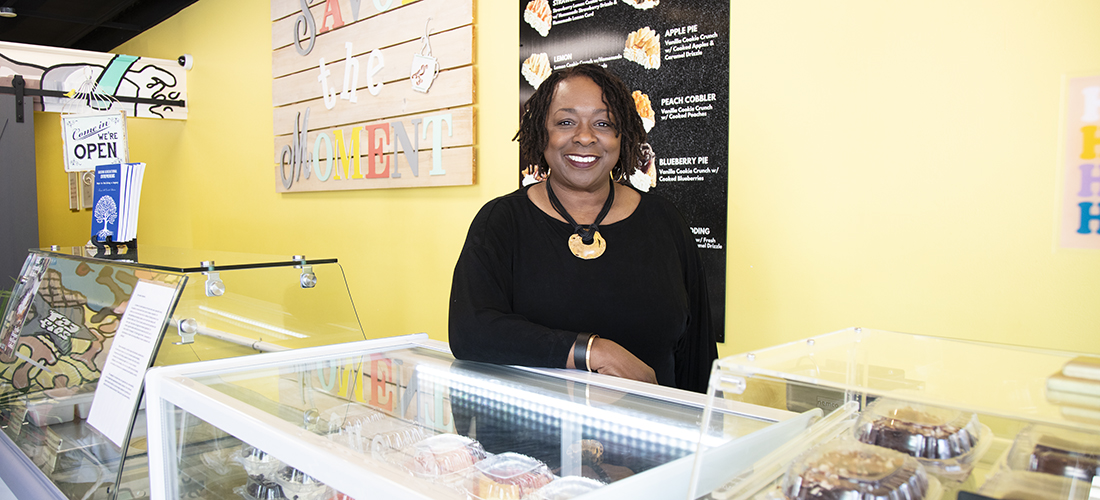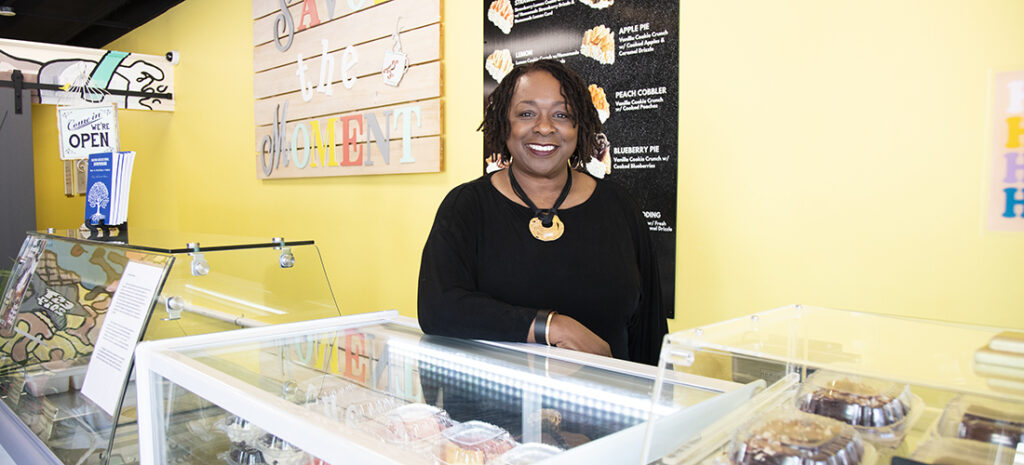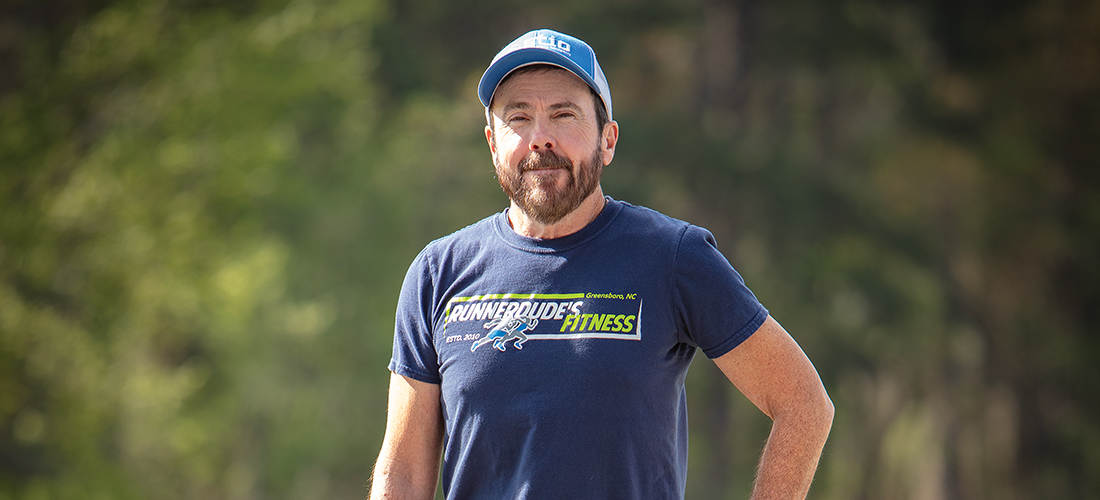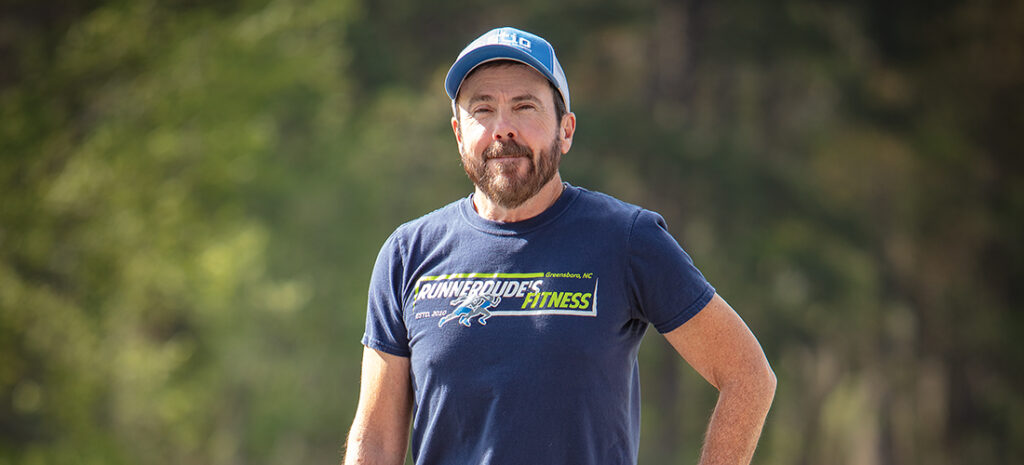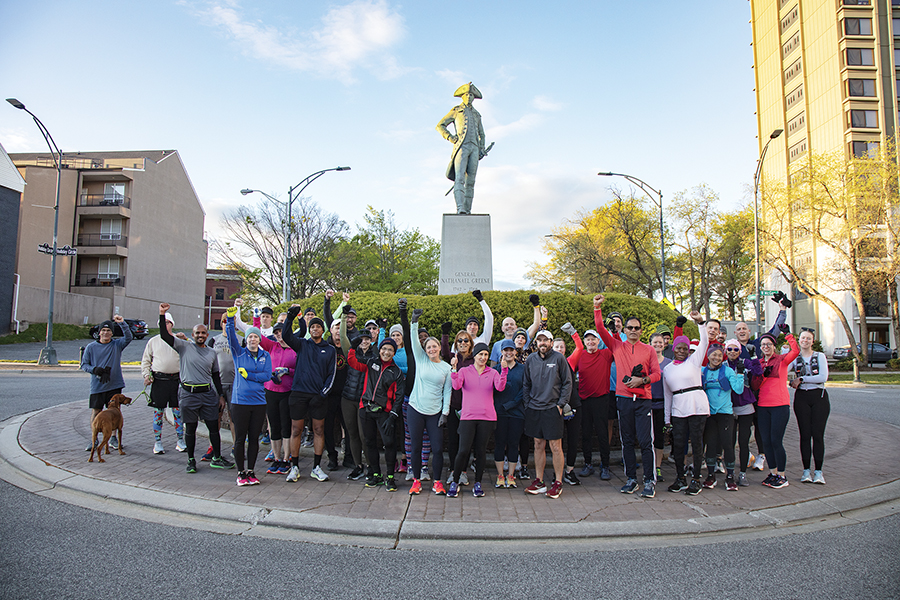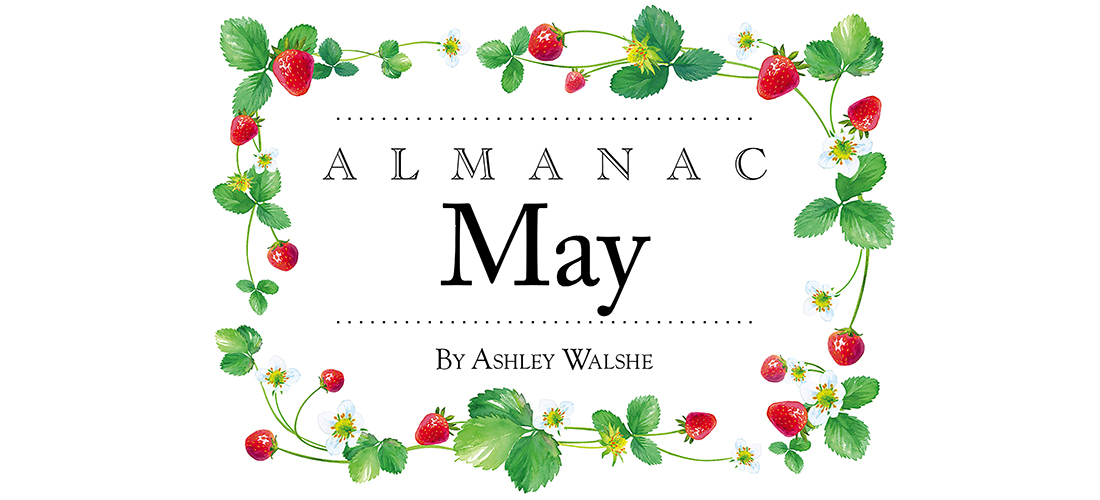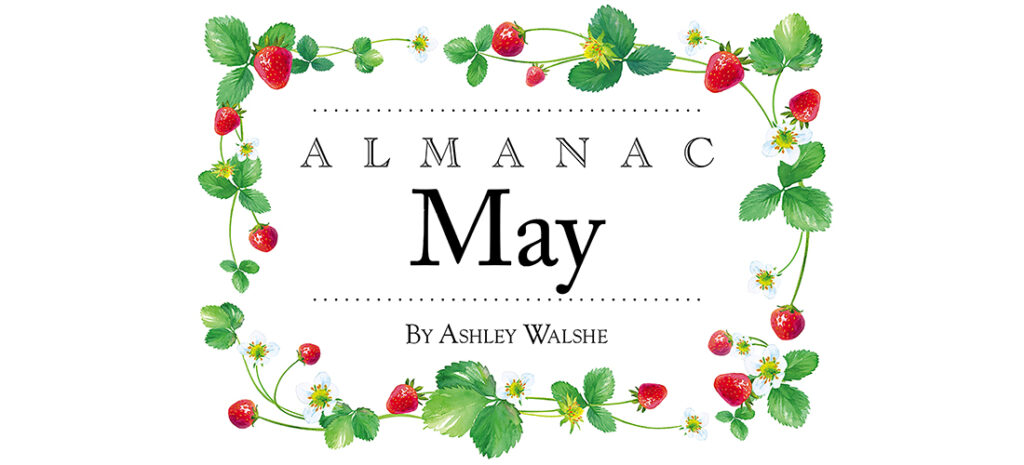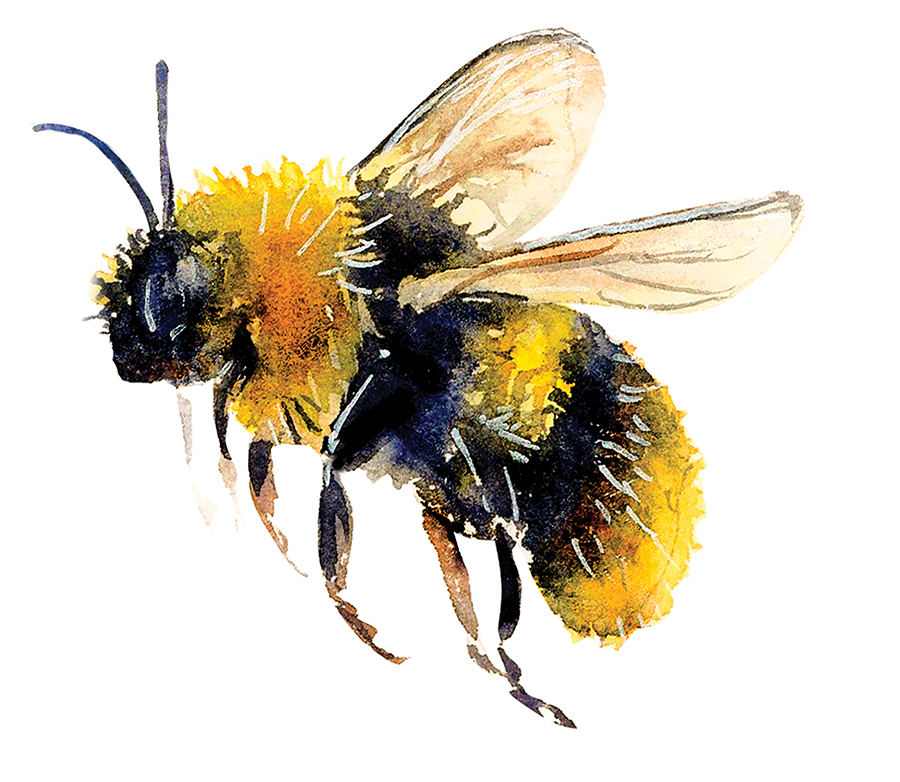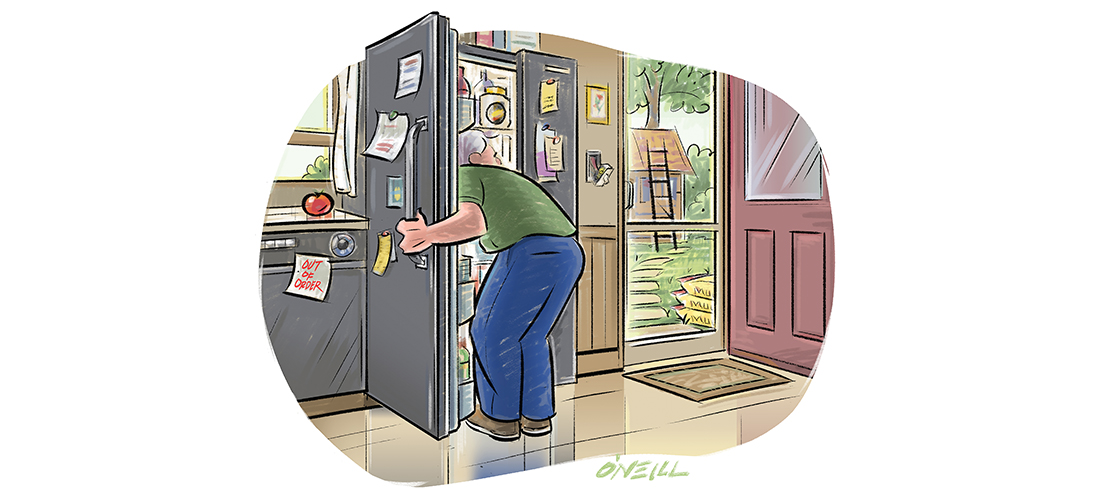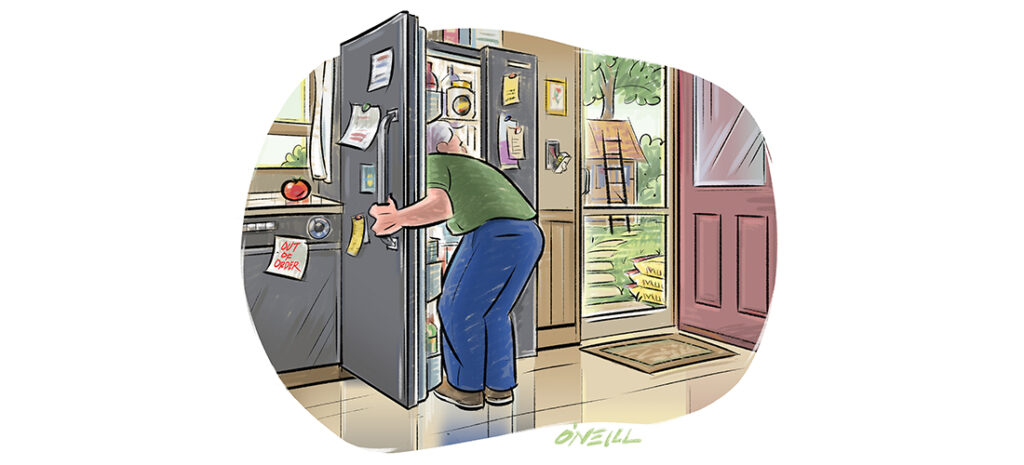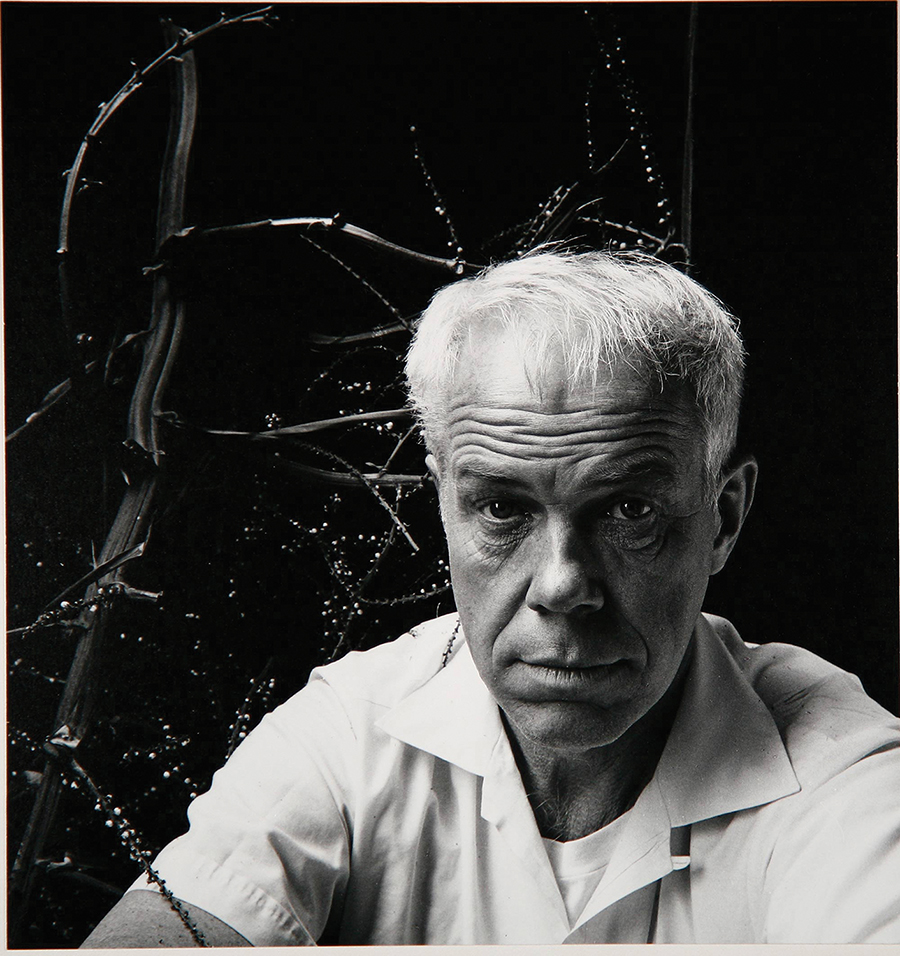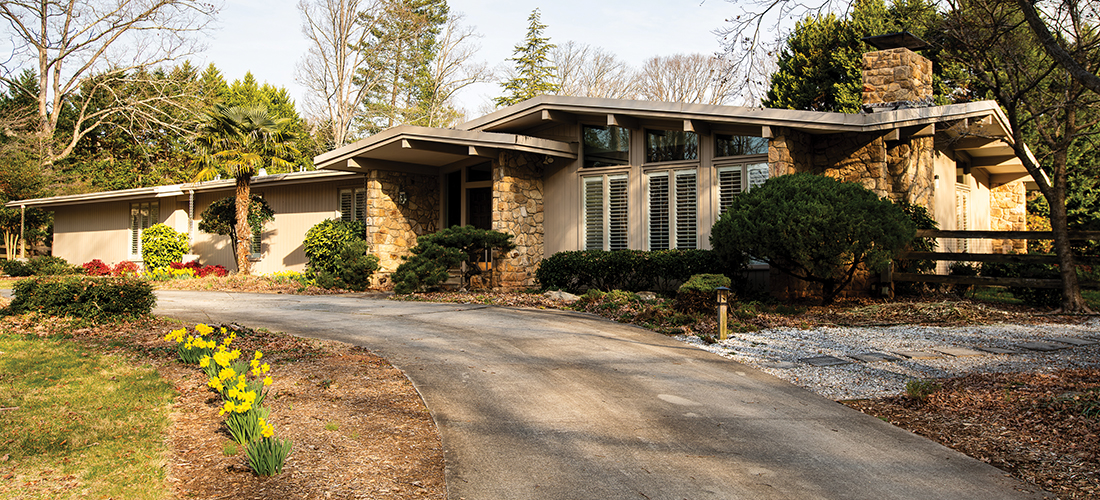When the Spirit of a House Departs
When the Spirit of a House Departs

The carriage house of Diane Stallworth
By Cynthia Adams
Photographs by Amy Freeman
Diane Stallworth enjoyed matters of design, especially in her charming Fisher Park carriage house and its “sculpture” garden. Once settled in, she gave herself over to it, contentedly staying put until her last breath.
In a real sense, it encapsulated Stallworth’s external style and interior history. The carriage house was edited and re-edited, ultimately imbricating her past and present. This is in memoriam to Diane, who died January 14 this year.
Over the years, Diane Stallworth quietly hinted that she hoped her home would one day be featured in this magazine. On our last visit in her home, she took me upstairs to show a project still underway.
“Once this is done, it will be ready for you to do an article,” she said, meaning worthy.
It already was, I assured her.
Stallworth never lost interest in the granular details of her charming historic Fisher Park residence, says her longtime friend, designer Terry Lowdermilk, who also became a longstanding sounding board, aide-de-camp and curator.
The carriage house, a once common sight but now a rarity, dated to 1913. Built on the grounds of the Prairie-style home of cotton broker and developer James Edwin Latham, both structures featured distinctively rock-faced granite, a construction that best explains how the carriage house also survived over a century beyond the era of horse-and-carriages.
Latham (also the namesake of nearby Latham Park) lived there until 1932, when the home was sold to R. W. Baker, a Blue Bell executive, who died in 1956. Baker’s widow resided in the mansion until her death in 1980.
“In 1982, Brown Investment Properties converted into 12 condos the main mansion and its large stone servants’ quarters and garage [the carriage house] in a joint venture,” according to the November 2011 Fisher Park newsletter, which included architects, JMD Contractors and Boone, Higgins, Chestaw, Dennis & Case. According to historic records, the carriage house was originally a barn for horses and carriage, housing servants upstairs. Later it became a three-car garage. Featuring three dormers and two chimneys, the roof was originally the same green terra cotta tile as the main house.
By 1982, the mansion, carriage house and condos became officially known as Baker Place. The carriage house was converted into its final iteration, a two-story, single-family home. Garage doors on the first level were replaced with three sets of French doors.
In the same issue, Stallworth recalled, “Now and then, people who remember when Baker Place was a single home [the Baker-Latham mansion] drive-up and they tell us how they visited or played in the back yard.”
At the time of the conversion of the Baker-Latham property into condos, Stallworth lived in the Lofts at Greensborough Court. Her apartment there was also in a historic building. It, too, featured ample charms only age can impart — exposed brick walls, vaulted ceilings, a fireplace and architectural details new builds lacked.
One day in 1987, Stallworth walked into Lowdermilk’s downtown studio to seek decor advice.
He remembers the day clearly.
When they met, Stallworth was in her 50s and active. In her youth, she was peripatetic and athletic, becoming a Canadian Junior Ski Champion, thanks to regular skiing trips to Quebec with her family, who lived in Fitchburg, Mass.
After graduating from Briarcliff College, Stallworth had moved to Bermuda, where she pursued work in fashion. (Her family vacationed there in their island home.)
A few years after living in Bermuda, she moved near New Orleans’ French Quarter. There she met her first husband, William N. Crawford Jr., from Greensboro. The couple returned to the Triad where their daughter, Merrimon Crawford, was born. As a nod to her fashion background, Stallworth co-founded The Briar Patch, a children’s clothing store in Greensboro.
After remarriage, she relocated to Charleston, West Virginia, throwing herself into designing her home and gardens, entertaining and traveling. Years later, she returned to Greensboro.
Stallworth was a longtime member of the Fitchburg Art Museum since childhood, attending programs and exhibitions. In Greensboro, she remained active in the Junior League, gardening and, always, fluffing her nest. She and Lowdermilk developed a connection beyond business, becoming fast friends. Lowdermilk admired his friend’s patrician manners. She was highly educated, he describes, traveled and curious.
Stallworth became a fixture in continuing education classes, many of which were hosted at Holy Trinity, her church. Here she met sculptor and UNCG professor emeritus Billy Lee, whose work she later collected for her home and courtyard.
“She was there [in the downtown apartment] a number of years,” recalls Lowdermilk.
He recounts how she became aware of the historic Latham-Baker property when the carriage house was listed for sale. Lowdermilk remembers she visited the property while he was on a vacation trip to the coast. She called him, entreating him to leave the coast and see it before she made an offer. He urged her to buy if she loved it.
“The only reason she made the change was she tired of renting and she wanted something that would be hers,” he explains.
By the time he returned to Greensboro, she had bought the carriage house. According to property records, the year was 2003.
Truman Capote once told House Beautiful, “I have always been aware of rooms, their atmosphere, the emotions they induce,” after permitting the magazine to photograph his own home.
He went further: Capote preferred either the sterility of a well-cleaned hotel room, or a subjective room. He deplored rooms lacking the owner’s personal stamp, style and humanity — the things that imbue an otherwise attractive room with meaning.
Stallworth’s home was the sort that Capote would likely have loved. When she liked something, she kept it. Her style was unwavering — she hewed to certain colors and a restrained, earthy palate, in both her home and her clothing, preferring neutrals and black.
What was to become a grand passion unfurled — a creative collaboration and friendship between Stallworth and Lowdermilk that continued two decades as she threw herself into making the carriage house uniquely her own.
“She was not the kind of person who you told what to do,” the designer stresses. “She knew what she wanted. We saw eye-to-eye on a lot of things. I liked the fact that she wanted to be involved” — even, Lowdermilk adds, in the granular details, from painting to plumbing.
“She wanted to know the hows and whys of everything.”
Neighbor Jayne Ericourt came to know both Stallworth and Lowdermilk years later, interacting with both socially. “She knew everyone here,” says Ericourt.
In 1982, Ericourt and her husband, Daniel, “went to see what they were going to do at Baker Place. There was nothing for sale but the mansion itself.” Brown Investment Properties was just promoting 12 new condos to be built on the mansion’s grounds. The concert pianists discovered they could plan their own design to accommodate two baby grand pianos and a love of all things Spanish.
In 1983, the Ericourts condo was completed. Twenty years later, Stallworth moved into the Baker Place carriage house directly across from the Ericourts and would become its longest occupant.
Ericourt says that before Stallworth took ownership, previous occupants had done renovation work to the carriage house interior.
As she planned her new home, Stallworth began to refresh and recover upholstered pieces from her apartment. “She loved charcoal, white, taupe and beige with a little terra cotta,” says Lowdermilk. Having bought “the best,” he says, little needed replacing.
“When she moved here, she changed the color of the walls, reupholstered the sofa and chairs, and did new bedding.” But much of what she had was repurposed, he points out.
Stallworth chose art and antiques that remained with her for a lifetime, with occasional touches aided by Lowdermilk. Each room, by design, spoke to her life journey.
The much-used kitchen features an unusual and custom-made piece, a kitchen island, fashioned around a panel of clear leaded glass. Using Lowdermilk’s design, Greensboro iron artist Jeffrey Barbour incorporated the glass into a functional piece.
A collection by illustrator and political cartoonist Taylor Jones fills a kitchen wall. The syndicated artist, whose work has appeared in newspapers and magazines worldwide, is a former illustrator for U.S. News & World Report.
“She bought the [entire] set,” says Lowdermilk. “He’s renowned for his caricatures.” He points out some famous subjects. “Diane was good friends with Jay and Sharon Rockefeller [former West Virginia Senator John D. ‘Jay’ Rockefeller IV and his wife]. The collection meant a lot to her.”
A few design tweaks were brand new, however, like a signature piece showing Lowdermilk’s sleight of hand. He created a leaded glass window featuring poppies for the downstairs powder room.
“I came up with a design that was kind of organic,” says Lowdermilk, who commissioned the Glass Art Studio to create the window. (The owners have since moved their studio to Virginia Beach.) After it was installed, Stallworth decided it was one of her favorite things about the new house.
The artists whose work she collected often became friends. Sculptor Billy Lee, who lives a few blocks away, recalls countless happy times “spent in Diane’s kitchen.”
“She loved my work and was always very supportive. She was very curious about all forms of creativity and we had many long conversations about it,” says Lee.
“It must be at least 15 years since she first bought my work. She knew I made the black marble pieces in China and wanted to see them — and bought one.” Stallworth had noticed one of Lee’s pieces installed in the courtyard at UNCG’s Weatherspoon Art Museum.
“She liked the steel piece in Weatherspoon and asked if I had a smaller one for her garden.”
Lee did.
She kept things not only from her old apartment, but integrated family pieces. A bow front chest that once belonged in her parents’ historic home in Fitchburg, Mass., features prominently in the living room. Pointing to a sofa, Lowdermilk muses, “It’s still classic; this many years later. That’s 34 years old.”
From her parents’ house in Bermuda are a pair of antique campaign chests that once furnished a room aboard a ship; “the real thing,” says Lowdermilk. They now serve as bedside tables in the upstairs guest room. In various rooms, she restored and used an array of wicker and rattan family pieces, emblems of quiet wealth.
On the wall of the upstairs study is a picture of Stallworth’s parents’ estate in Massachusetts. Displaying it in a private area versus a main room, she downplayed her family’s wealth.
“It sits on 50 acres. Right outside Boston,” says Lowdermilk.
Suddenly, standing in Stallworth’s private rooms upstairs, the power goes out and her study darkens.
“Diane, are you here?” Lowdermilk calls out, pausing.
Quietly, almost whispering, he discusses framed pieces that Stallworth valued, including favorites by Merrimon Crawford, her photographer daughter.
“She really appreciated Merrimon’s work,” he says.
Stallworth’s main bedroom also contains family pieces from Bermuda. It’s an understated, peaceful room, with plantation shutters consistent with other rooms, also redolent of her Bermuda experiences.
The collaboration between Lowdermilk and Stallworth even extended to her wardrobe. Every year, he helped Stallworth weed out her clothes closet, which is enviably organized and pristine.
“I reminded her, look at the colors in your home.” When she bought an unusual hot pink piece, it remained in her closet unworn. He urged her to let it go. “We tend to wear the colors that we use in our homes.”
Over her lifetime, he continued with projects both inside and out. A hall bath was gutted. They changed or added wallpapers. Somehow, there were always projects, things being finessed.
“I love to say that I live in a three-car garage and a barn!” Stallworth had joked in the neighborhood newsletter. The downstairs windows, historians noted, were where the horses once stuck their heads out. Lee’s larger sculpture was placed in the courtyard, where she could enjoy it while having coffee, cocktails with friends, or while reading.
Though she didn’t have a huge circle, and she had lost friends due to age, “she liked young people,” mentions Lowdermilk.
What would Ericourt say people should have known about Diane?
“She was a very good friend to her friends, I’m sure,” says Jayne.
“She would have been there for me if I really needed her,” adds Lowdermilk, who was at Stallworth’s so often he came to know many of her neighbors. “She was very particular about who became her friend,” says Ericourt.
“She had her own set of rules,” Lowdermilk agrees.
“Diane would size people up” before deciding if they could be friends or not. “But not in a snooty way,” he adds.
“That’s not stupid,” inserts Ericourt, who then laughs. “You can’t have everybody as your best friend.”
The two neighbors even shared the same cleaning lady. “Carolyn — I found her first,” says Ericourt with a smile. They shared Nathan Herman, a gardener. Later Lowdermilk hired the gardener as well when he moved to a new home in Asheboro in recent years.
“She loved that man like a son,” they both say in unison.
But Ericourt and Stallworth had more in common than sharing services.
“We were never late,” says Ericourt, who recommended Stallworth join the Friday Afternoon Club, a social club. “We were ready ahead of time.”
Punctuality mattered to them, she says.
Yet when it came to her inner life, Stallworth’s past factored heavily into her present.
“One thing you can mention about her, which is certainly true, is that she talked a lot about her education in New England. Going to the tea dances, talking as if she was reliving it. And New Orleans. Every day, going on the Street Car Named Desire. She was tied to it [her New Orleans’ past]. A lot,” says Ericourt.
On an unseasonably warm February day, roughly 40 people attended her service. A few were younger. “Her gym friends,” observes Ericourt.
As a nod to her New Orleans past, a “praise band” played “When the Saints Go Marching In,” leading the grieving down the street from the chapel to Stallworth’s home, where abundant food and drink awaited. It was a proper New Orleans send-off, a party and Stallworth’s expressed wish. (She will be interred in a Fitchburg family plot this spring.)
Friends shimmied down the street to the music as police held back traffic and smiled, watching the procession pass as if it were a Mardi Gras parade and disappear into the carriage house. Her niece, Nadine “Dini” Price of Pittsfield, Vt., greeted guests with Lowdermilk. Stallworth’s daughter, Merrimon Crawford, son-in-law, Glenn Pladsen, and sister, Nadine Martel, attended virtually, given respective health issues, and extended family also watched online.
Stallworth’s home, made lovely with her favorite green-and-white flowers and welcoming trays of hors d’oeuvres, was ready for its last toast to its owner as the band played on. OH


